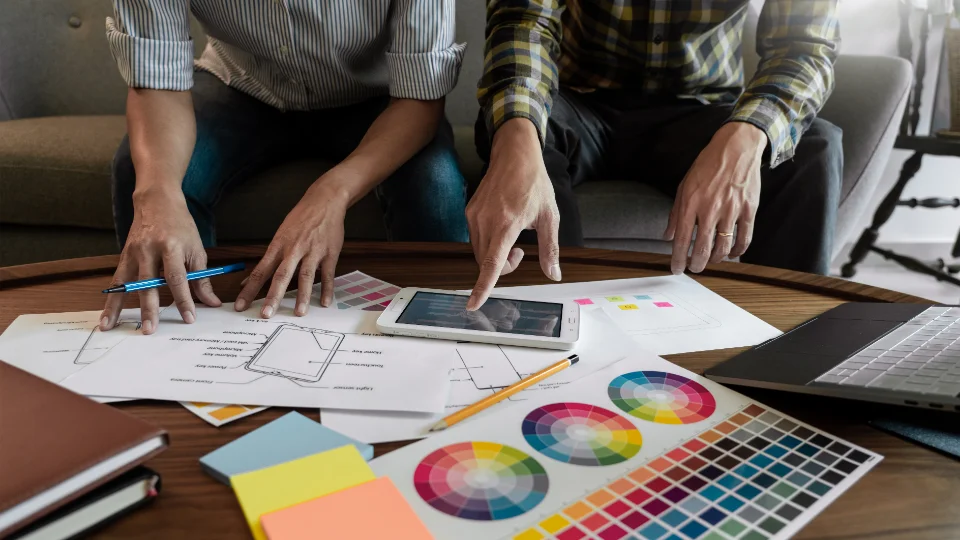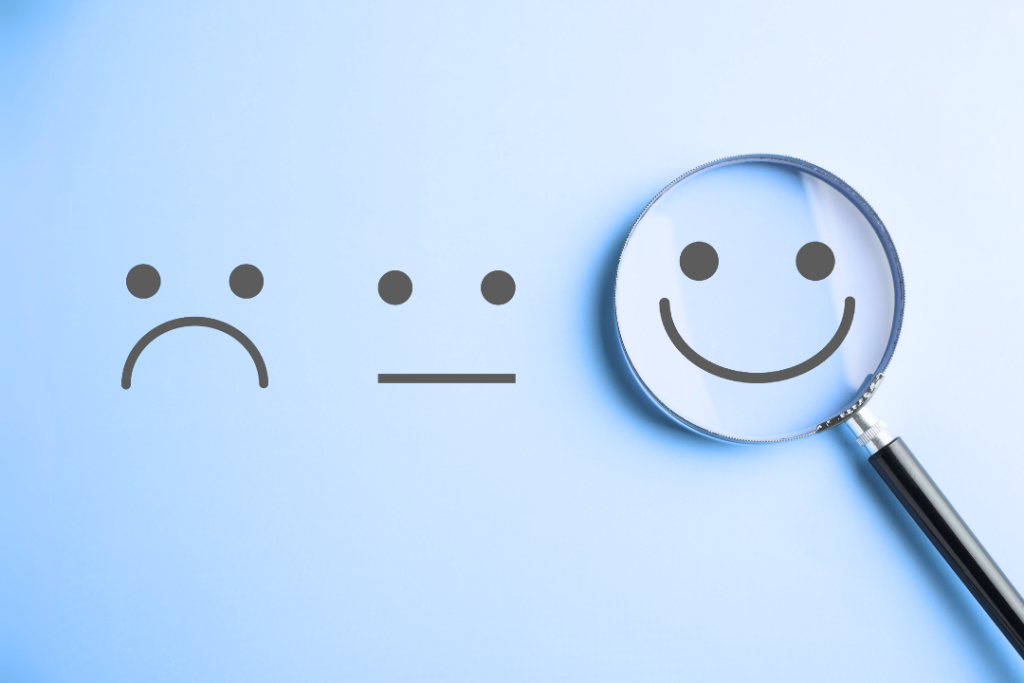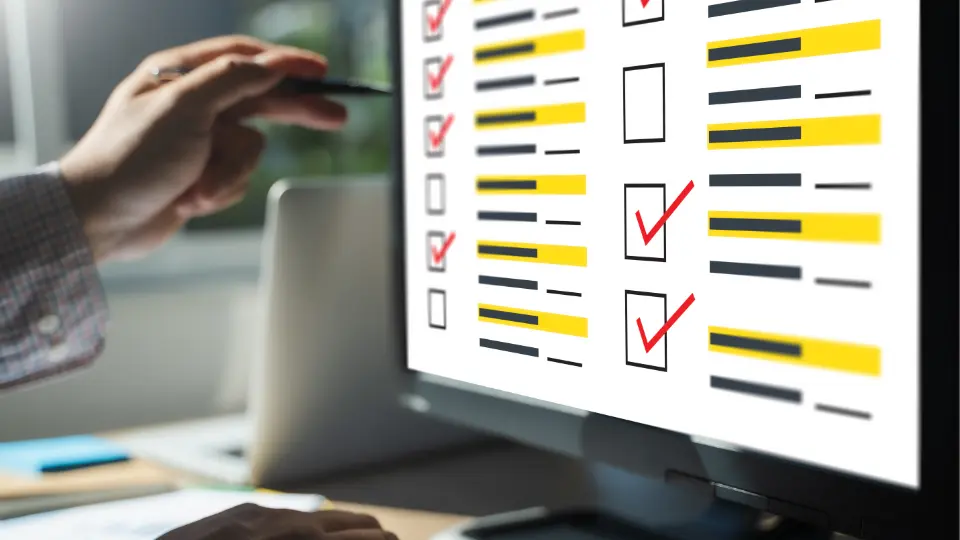

Product Design Best Practices – Uncover the Secrets
Product design is a masterful mix of creativity and functionality in the fast-paced world of consumer-driven innovation. It is the unseen power that creates the appliances we can’t live without, the automobiles we use every day, and the numerous items that improve our lives in various ways. A key factor in determining how we engage with the physical world is product design, which influences everything from the svelte curves of a smartphone to the ergonomic shapes of a chair.
In this blog, we set out on an adventure into the fascinating world of product design, investigating its tenets, methods, and the tremendous influence it has on our day-to-day activities. Join us as we explore the intriguing realm where form and function converge, where beauty and usefulness coexist, all in the service of designing goods that delight, inspire, and transform our world.
Fynzo Survey: Unlimited surveys, unlimited responses, majority of features are forever free.
Create a free survey with the easiest online survey creator.
Process Of Product Designing
Now that we have read and developed a thorough understanding of a product and its designing, it’s time to jump on to the next step and develop a thorough understanding of the multiple steps that are involved in the process of designing a product. As we have already mentioned product designing is a mixture of both science and arts and therefore it will be practically impossible to formulate complete guiding steps involved in the designing of a product that will be suitable for all types of products. But here is a generic flow that will help you in developing an understanding of the process of product design which you can add, subtract and redefine as per your product.
Defining The Product Vision
The very first and initial step of the product design process actually begins before we get to the designing part. Many people often miss this initial step which plays a crucial role and lack of acknowledgment leads to product failure. The very first step is to define a proper vision for your product. This means that you should identify a problem that your target audience is facing and based on that you try to frame a very basic form of what your product will look like and be like, forming a vision for your product.
Product Research
The next thing that you should look at once you form a vision for your product is researching the issue you are looking to solve for your users. In this stage, you try to see if there is an already existing product addressing the same issue. If yes, then you go research that product, see its performance and the places where it’s lacking in solving the issue and try to find opportunities where your product idea fits into the picture. If there is no existing product, then this is where primary research comes into the picture, where you conduct surveys, questionnaires, and interviews asking people their point of view on the product idea that you are proposing.
In this step of product design, apart from just empathizing with the users and coming up with a product idea, you also try to look at things from a business point of view. Here, you try to fixate on the price for your product, the return on investment that you expect, the different ways of funding for your products, and many more things that are related to your product.
User Analysis
Now that you have the data that you collected from your prospective audience using multiple ways of data collection like surveys and interviews, the next step involved is to analyze that data collected. The insight that you can develop from the collected data can help you know if there is some alteration required in your idea of the product, showing you a bigger picture of both criticism and appreciation. Not only this, but this data can also help your UX designer to mark the first stage of work that they need to do, that is to have a clear understanding of what is expected from them in regards to your product.
Product Ideation
Product ideation is the step where the art and creativity aspect of product design comes into the picture. At this stage, the designers brainstorm and come up with as many potential solutions as possible. It is believed to not discard any idea at this stage and to add them to the ‘list of possibility’ without any kind of judgement or bias. However, it should also be noted that all the ideas that come under the list of possibilities have to have a base from the product research, discarding all and any of the vague ideas without any base.
Refine And Validate
This next step can be very evident in the different stages of product design. Now that you have a list made of all the possible solutions, the next is to filter out on those list of possibilities and come up with another list where only the idea that matches with that of user needs and business plan are recorded. Once all the potential ideas are noted, the next is to further refine them based on their functionality, performance and suitability as per the industry and market.
Designing
Once you have filtered out all the ideas and run a concept testing, the product design team at this stage will actually begin the product making. At this stage of the product design process, a designer can run a concept testing for your product before moving any further on the product designing stage. This process is called prototyping and is a very crucial part of the product designing. Here the product designer comes up with the basic product with only the main functionality and gives it to the selected user to test the product. Based on the result received, the product design team can further refine the product and iterate.
Testing And Validation
Don’t confuse this step of product design with that of the previous step where we prototype and run a concept test. In this stage of product design, we make the complete product and not just the basic product. For testing purposes, first the final product gets tested with the product team and all the internal team people. Once a validation for them is received, we further test the product with a certain percentage of real users before actually launching the product in the market. We make the necessary changes if required. If not, then we launch the final product in the market making it widely available to all the users rather than just a certain percentage of test users.
Post Launch Activities
Ideally, the product design stages are done. But like the initial stage of defining product vision, the final stage of post launch activities is also very crucial. As we know that we are living in a constantly changing world and therefore we should always keep a check on the product performance, change in user preference or change in the market or anything else that can lead to making any change to the product, making the product design process a never ending loop of launching, reviewing, refining and iterating the product from time to time.
Fynzo Survey: Unlimited surveys, unlimited responses, majority of features are forever free.
Create a free survey with the easiest online survey creator.
Benefits You Can Achieve From Product Design
Till now we have developed a deep understanding of product design and the process of how one gets to product designing. You might think what possible benefits will the process of product design get you and your business. So here we are, giving away the thought of any possible doubt you can have with respect to product design by citing some of benefits that product design can give you-
Lowering Cost
We all are very well aware of the complex process of manufacturing a product, irrespective of how small a product is! By having a product design for your product, you can save a lot of money from going to waste. This is so because it might be the case that you make a product but that is not the need of the people and does not perform well in the market, costing you a lot of money and waste of both efforts and time.
Visual Appeal
Following a product design for your product can make it look more appealing for the users to buy and use it. This increases the ability of the product to get sold among all other competitor products.
Improved Performance
As said that the product design is actually a never ending process, the timely follow up and iteration to your product, helps increase its performance in the market both in terms of usability and making your customers feel heard as the changes are made based on their suggestions and feedback.
Increased Profitability And Business Performance
With a higher chance of getting sold and performing better in the market, product design helps in increasing profitability of your product and hence helps in prospering your business.
Conclusion
That’s good. You now know all about the product design. Few important things to note as the final words for this article is that you must not forget that a product is made for the users and therefore a greater emphasis should be put on the user’s needs and requirements while designing your product. Still here? Go, get your product design ready for your product. You are all set for it!
FAQs
What is the difference between product design and UX?
There is a significant overlap between a product designer and UX designer but the difference comes in the fact that the focus of the work for a UX designer is on user experience, then comes the business and its goals and vice versa is the case with product designer.
What are some of the tools and KPIs that are used to evaluate product design?
Some of the tools and KPIs that can be used to evaluate product design are eye-tracking, click-tracking heatmaps, time-to-task-completion indicators and many others.








